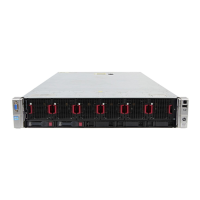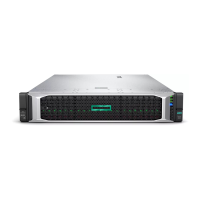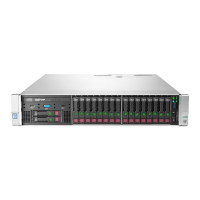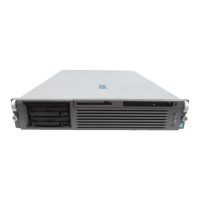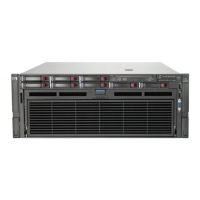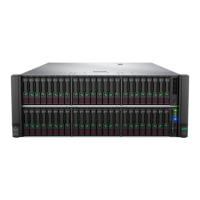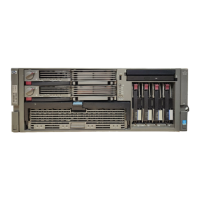Abstract
The HP ProLiant DL560 server is a groundbreaking, ultra-dense 4-way server designed for
environments that require a high concentration of servers in a single rack. This server delivers
enterprise class performance in a compact 2U form factor that uses 50 percent less rack space than
most other enterprise servers on the market. This paper describes the system architecture and the
many technologies HP implemented and supports in the ProLiant DL560 server to make it an excellent
platform for server consolidation.
Introduction
With continuous demands for increased computing power, a growing number of Information
Technology (IT) centers are searching for cost-effective ways to deploy more servers within their
existing space and to stem rising power and air conditioning costs. The ProLiant DL560 server is a
groundbreaking, ultra-dense 4-way server designed for environments that require high levels of
computing power while maintaining maximum cooling and power efficiency. The ProLiant DL560
server (Figure 1) delivers enterprise class performance in a compact 2U form factor that uses 50
percent less rack space than most other enterprise servers on the market. ProLiant management
technology such as remote administration from a standard web browser and Insight Manager event
and configuration management significantly reduce total cost of ownership.
This technology brief describes the system architecture and discusses the many technologies that make
the ProLiant DL560 an excellent platform for server consolidation.
Figure 1. ProLiant DL560 server, front view
2U
3.5”
System architecture
The system architecture is the key to the high level of performance and efficiency of the ProLiant
DL560 server. This server shares the same chipset and basic architecture as the ProLiant DL380 G3
server; but it features the much more powerful Intel® Xeon MP processor. The system is based on the
industry-standard ServerWorks Grand Champion LE (GC-LE) chipset. HP is the first vendor to use this
chipset to develop a 4-processor server, and ServerWorks fully supports HP’s 4-way implementation
of the chipset.
Intel designed the GC-LE chipset (Figure 2) primarily as a highly scalable system I/O solution for the
volume 2-way server market.
1
After evaluating chipset options, HP chose the GC-LE chipset for the
4-way ProLiant DL560 server because it supports the desired system features economically. The GC-LE
chipset provides the combination of performance, scalability, and power efficiency customers need,
and it costs significantly less than the ServerWorks Grand Champion HE chipset.
1
ServerWorks Product Brief, www.serverworks.com/products/GCLE.html.
3
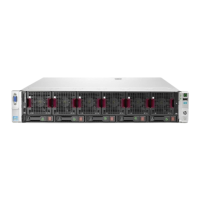
